
Moving Beyond the Basics
Over the past several months my relationship with AI tools has shifted, and I think it’s a good time for an update.

Over the past several months my relationship with AI tools has shifted, and I think it’s a good time for an update.

There’s something almost sacred about setting up a new computer from scratch. I’m a total geek, and few things in my life generate the same excitement as unboxing a new machine. This feeling has been consistent since I got my Commodore VIC-20 at eleven years old in 1981. Every computer since then, from my Atari 800XL to various PC clones to Macs, has carried that same sense of possibility.
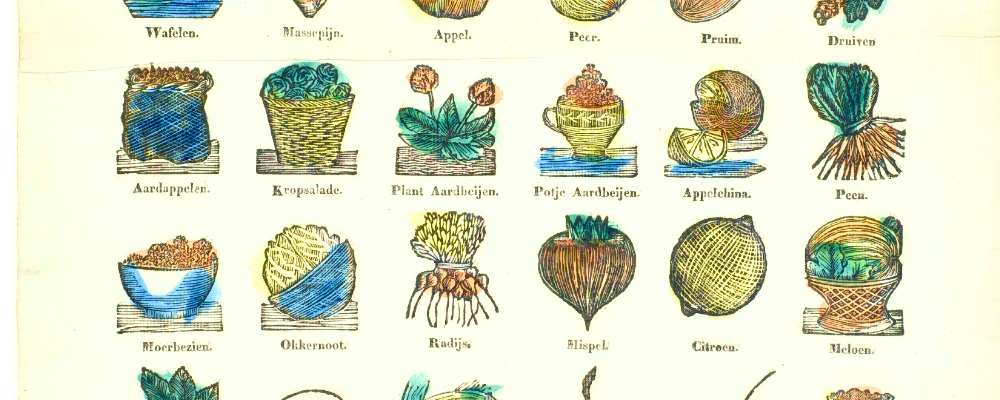
I found myself facing a familiar challenge recently: I need to be more thoughtful about my sugar consumption. Like many people trying to maintain good health, I’m always looking for sustainable ways to make better choices without turning my life upside down. When some recent testing suggested my blood sugar levels were creeping higher than ideal, I knew I needed to make some changes.
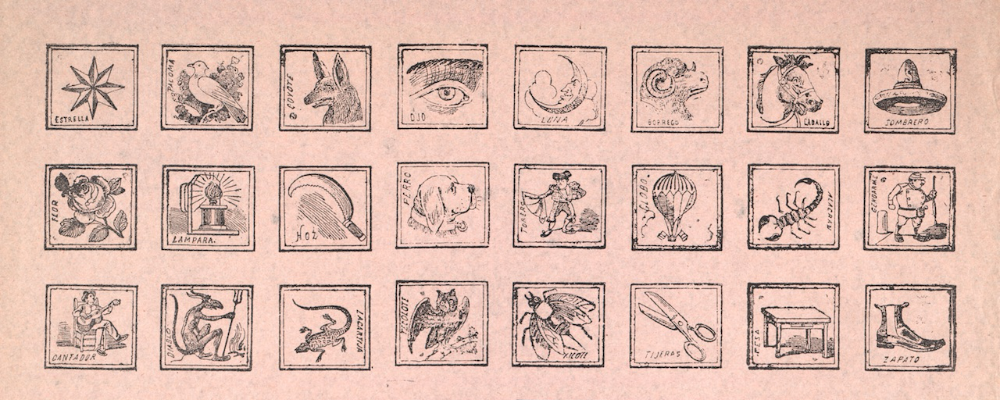
I’ve been thinking about how I approach video games, and it’s led me to realize something important about technology in general. Let me start with the games, because that’s where this insight really crystallized for me.
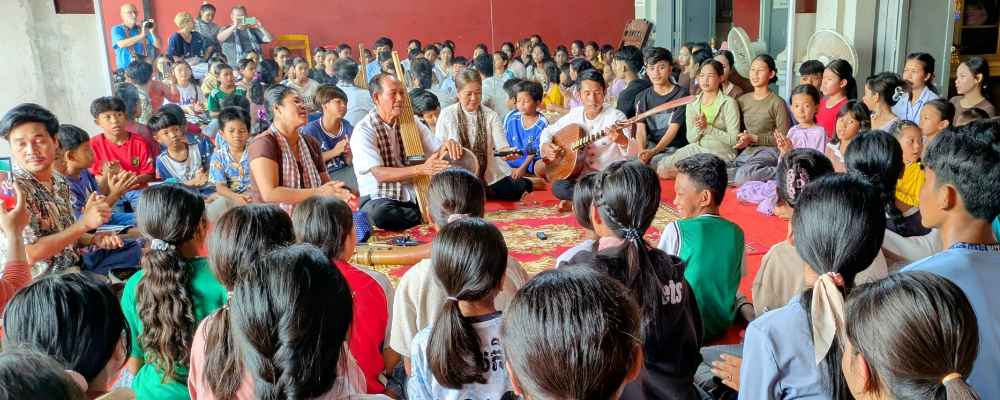
An old woman stepped closer to the small circle that had formed around the musicians. She listened for a moment to the haunting melody of the khan floating through the dusty street, then turned to someone nearby. She hadn’t heard a sound like this since childhood, she said.
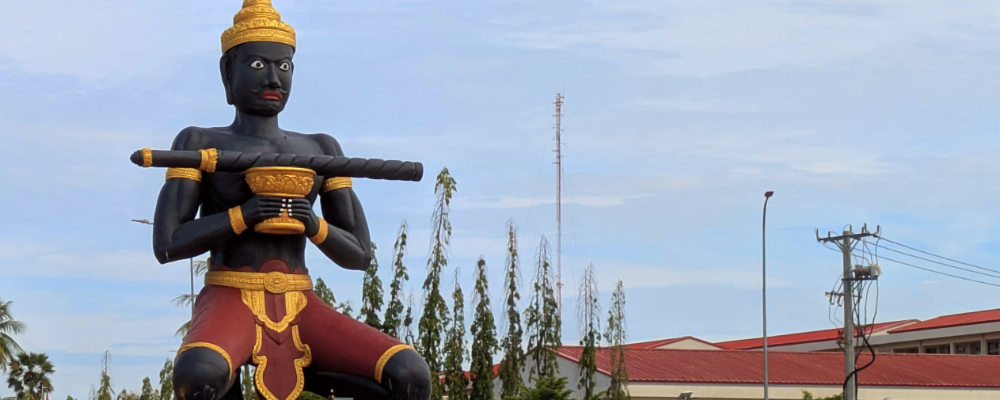
In Battambang’s central square stands a statue of Ta Dambong, a figure whose legend captures something I’ve been wrestling with this year. The story goes that he was a peasant who rose to become a protector of his people, wielding a magical stick to defeat the king and rule the land. But power corrupted him, and he began using that same stick to oppress those he he saw as a potential threat. Eventually, he threw his magical stick at the king’s son, who came to confront him. It missed, and he lost it forever. Powerless, he left and never returned. The name Battambang literally means “The Lost Stick.”

Tomorrow marks our last day in Siem Reap, and I’m trying to process what feels like sensory overload in the best possible way. Cambodia has been a constant series of moments that make me stop and think, “Wait, is this real?”
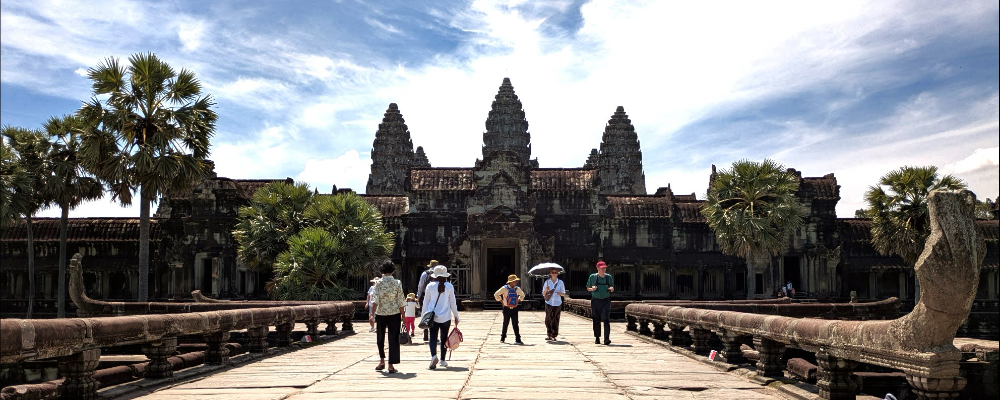
There’s something transformative about passing through the gates here in Cambodia. Whether it’s the ancient causeway leading to Angkor Thom, flanked by rows of stone guardians, or the simple wooden entrance to a village home, these thresholds seem to invite a shift in perspective, an opening of the mind and heart to what lies ahead.
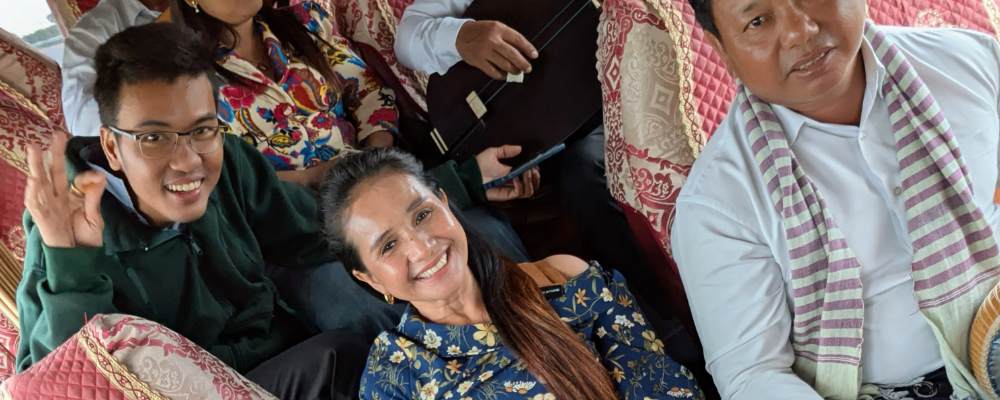
The hassle is real. The expense is significant. The environmental impact weighs on me. So why am I sitting here in Phnom Penh right now, jet-lagged and completely energized at the same time?

When a colleague teaching an intro to technology course approached me about her students’ interest in learning about AI and asked if I could teach it, I was excited. I developed a five-session unit centered around business development with an AI co-founder. What I discovered surprised me, and has implications for how we might think about preparing students for an AI-integrated future.